The School of Design’s Dylan Vitone Featured in the International Center of Photography’s “American Job: 1940 -2011”
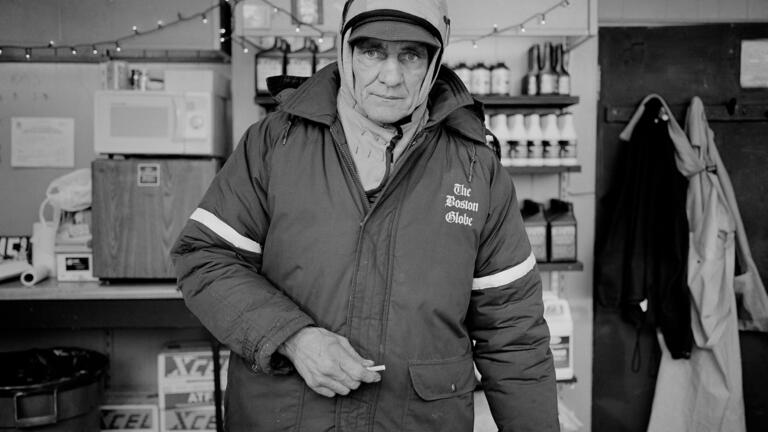
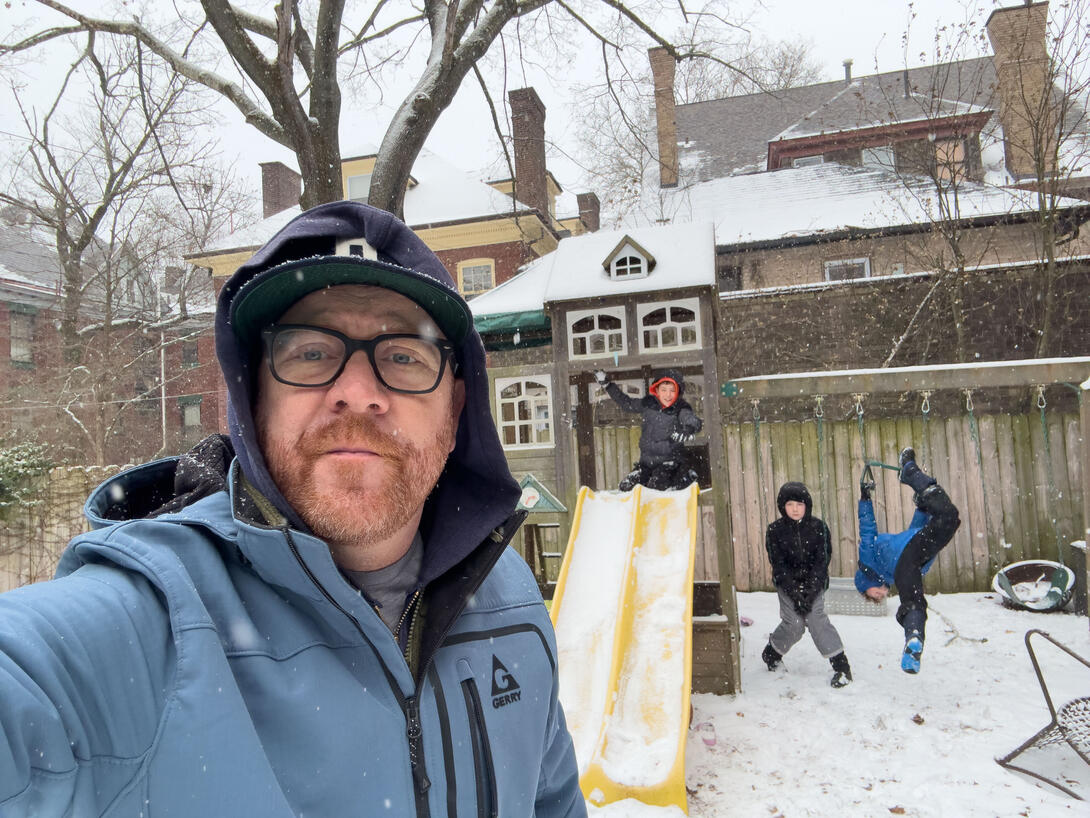
On January 23, the International Center of Photography (ICP) will present American Job: 1940 -2011. American Job: 1940-2011, guest curated by photography historian and Deputy Director of Curatorial Affairs at the Oakland Museum of California Makeda Best, “highlights the collection’s breadth and contemporary relevance by surveying the photographic response to labor organizing and strike activity, race and gender discrimination in labor, organized labor’s role in politics, labor and activism, and the intersection of labor and the social changes wrought by the economic restructurings of the twentieth century.” Among the more than 40 photographers featured of this exhibit is Carnegie Mellon University’s School of Design Professor, Dylan Vitone.
“I am so incredibly excited to see the show,” said Vitone. “It looks at the issues, holds us accountable, and hopefully moves us forward. The description of the show reads like a love letter to the power of photography, and I cannot wait to see how they weave the stories together. To be able to see something as complicated as labor, race, and gender spoken about in a nuanced way is such an important thing right now.”
Photographers joining Vitone as part of American Job: 1940 -2011 include Cornell Capa, Chien-Chi Chang, Arnold Eagle, Robert Frank, Otto Hagel, Freda Leinwand, Ken Light, Danny Lyon, Susan Meiselas, Charles Moore, Barbara Norfleet, Gordon Parks, and many more.
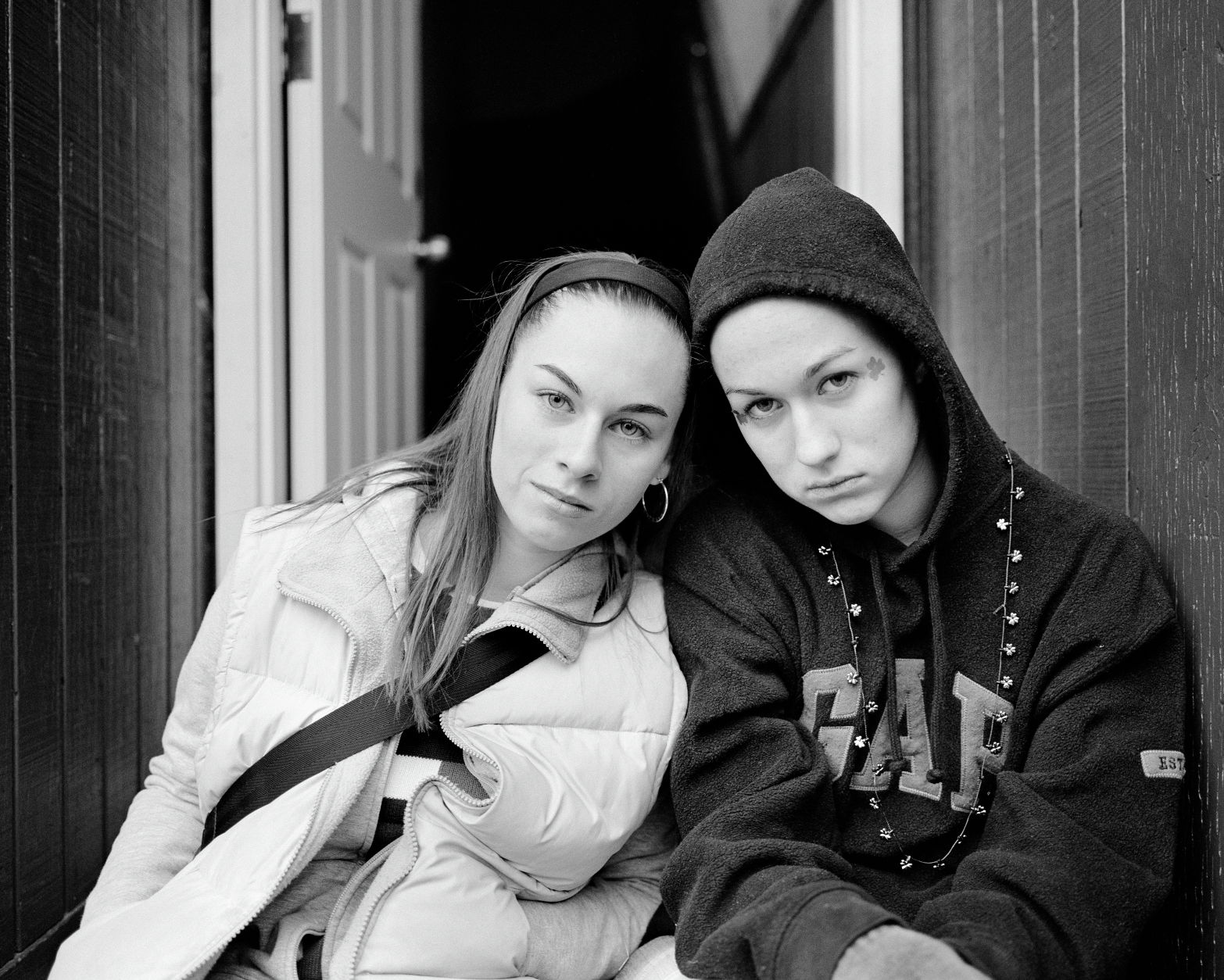
“I truly never thought my name would be listed next to any of the names in this show, let alone all of them,” said Vitone. “I learned photography from this list of artists. These are my heroes and their work is the beacon I have always aspired to. They taught me how photography can make you care, how photography can create complicated, implied narratives that can change the viewer, and our world. How telling others' stories can draw connections between all, and speak about our shared humanity.
“Eugene Smith was the reason I made the Pittsburgh Project,” continued Vitone. “Susan Meiselas's Carnival Strippers was the book I kept on my desk when working on the Miami Project. Danny Lyons The Bikeriders is all over my Rutland Project. I think I own 7 Ken Light books. Robert Frank and Gordon Parks are simply the best. They showed us America. In fact much of the School of Design's photography curriculum is based around this list of photographers. I say all that to just outline how amazing it is to have this group of photographers weaving together a story through Makeda's always brilliant curation and insights.”
Much of Vitone’s photography has been based around geographical location. He uses those locations to speak about greater social and cultural phenomenon.
“My work is always about the beauty in humanity; the beauty of people of all kinds, and telling stories that might not be told,” explained Vitone, “I almost always try to photograph people that, on paper, are different from me. I find that surrounding myself with people who are not part of my silo helps me understand the human experience in a more complicated way. it helps me grow, but, more importantly, it creates a record in museums, galleries, and publications, of people who might not otherwise be there.
“Hopefully when you see their face and their life, you care, and we care for one another just a little bit more.”
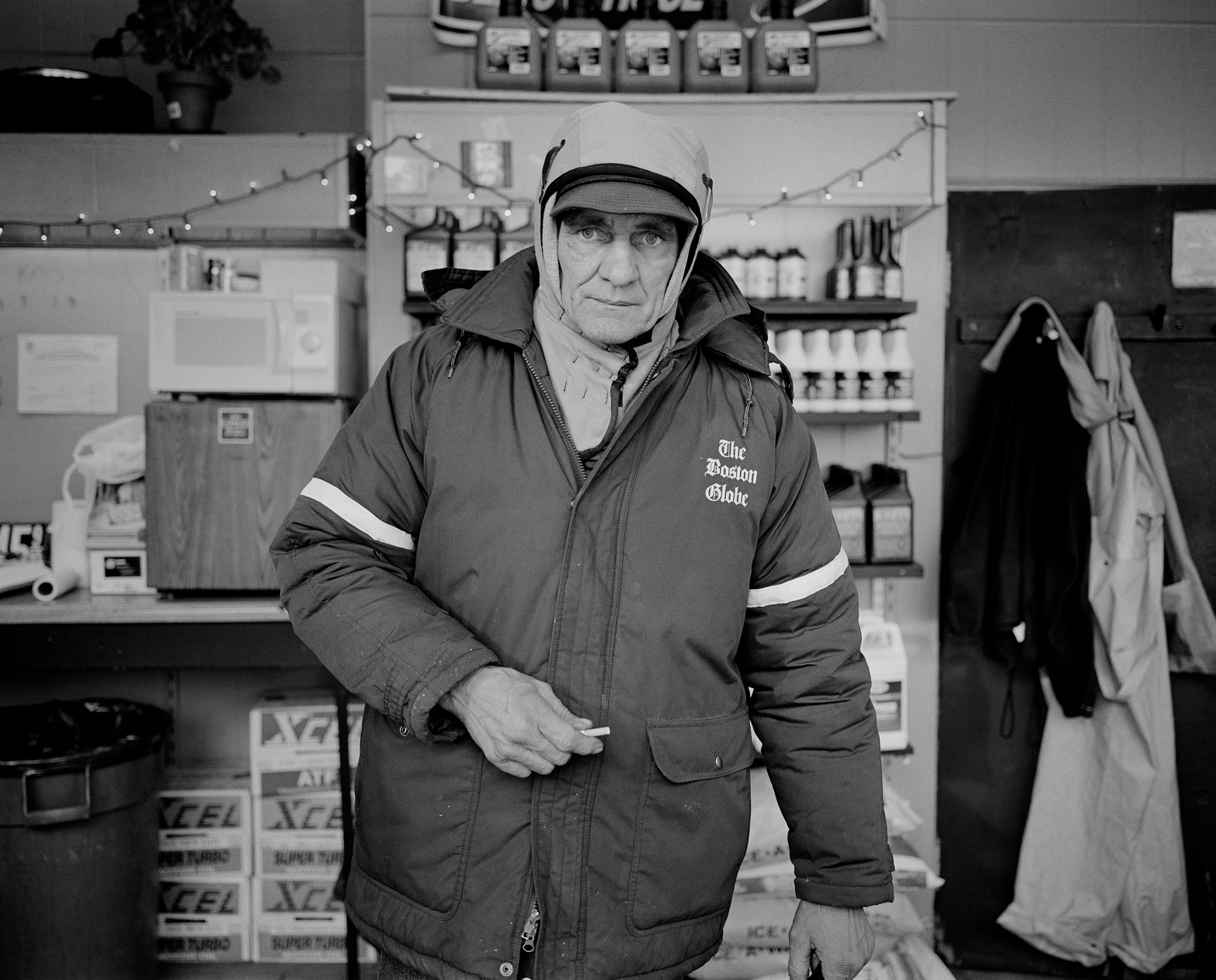
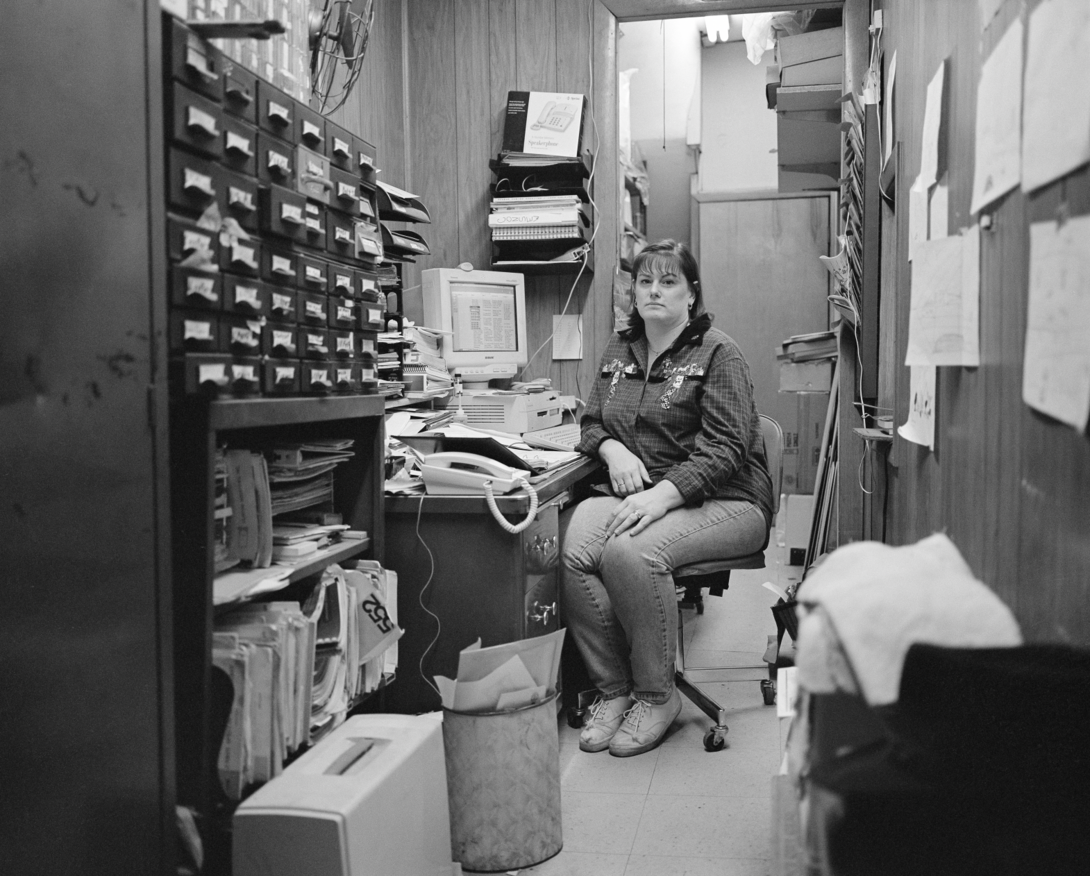
Much of Vitone’s work featured as part of American Job: 1940 -2011 is from his time photographic subject in South Boston, MA, during a time Vitone admits he had yet to figure out his own personal aesthetic.
“With Makeda's encouragement, I went back and looked at a lot of work and I realized that those early photographs are historical documents now,” said Vitone. “I originally started photographing South Boston because it had the highest concentration of impoverished whites in the country. What I found was a wonderful and fascinating community. Slowly, the folks in Southie let me into their lives as a photographer. It was a privilege and I will forever be grateful for their warmth and polite New England way that they would make fun of my haircut at the time.
“I worked out so much of who I am as a photographer through my South Boston work and I did not realize until years later that those shifts were there, just in more subtle ways, in the images in this show.”
Vitone extends his gratitude to the ICP and the work that went into putting together American Job: 1940 -2011.
“When talking about labor I would be remiss to not acknowledge my gratitude for all the labor that went into mounting this show by Makeda and by the ICP,” said Vitone. “Sara Ickow and the staff there had the monumental task of pulling and framing all the work, in addition to all the nitty gritty that the general public will never see.
“They have been amazing to work with and I think they have made something truly special with this show.”
American Job: 1940 -2011 runs from January 23 through May 5th 2025 at the ICP in New York, NY.